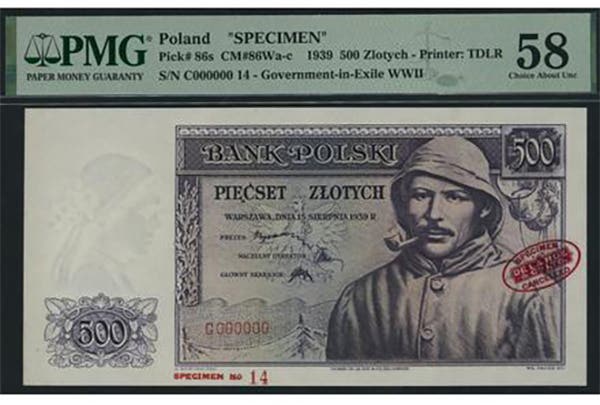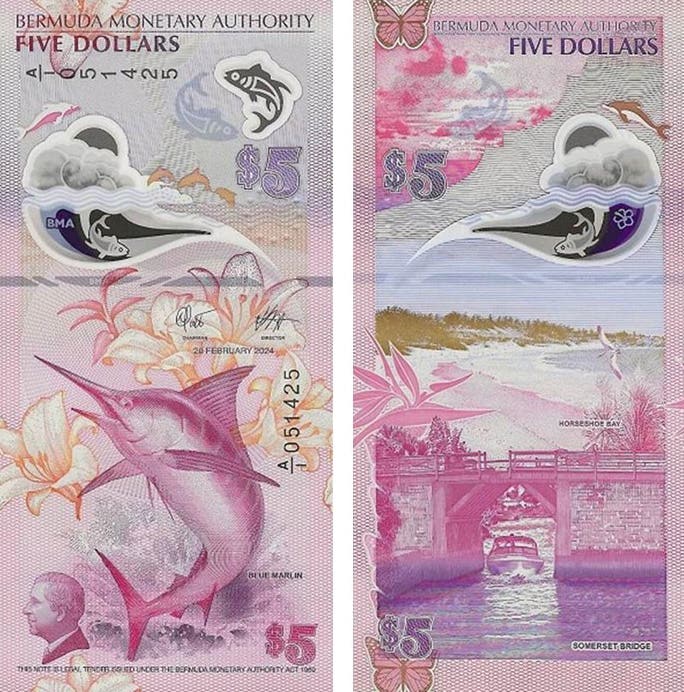Reader’s Showcase- Mt. Gilead, Ohio
by Peter Huntoon Brett Irick sent this pair of notes that he assembled from Gilead, Ohio, (his birthplace.) Both are the only reported notes respectively from the Granite Bank and…
by Peter Huntoon
Brett Irick sent this pair of notes that he assembled from Gilead, Ohio, (his birthplace.) Both are the only reported notes respectively from the Granite Bank and The First National Bank. The 25-cent scrip dated November 25, 1862, predates by 27 years the $5 brown back, which was printed in 1889. What is spectacular is that the Granite Bank was nationalized as the First National in 1864.
James M. Briggs was the first president of the bank and is listed as such in the 1864 annual report of the Comptroller of the Currency, then reappears again as president in the 1867 through 1879 reports. His signature is on the signature line on the 25-cent note. Richard J. House, who countersigned the 25-cent piece vertically under the obligation “Payable in Bank notes when presented in sums of One Dollar” was the first cashier of the First National and was listed as such in the 1864 and 1865 reports.
The brown back sports a classic patented lettered title block using the reusable lettering process developed by BEP Chief Engraver George Casilear. These layouts are found on the early brown backs and are avidly collected owning to their distinctive ornate appearance. The First National was liquidated Feb. 24, 1903, when its first 20-year extension ran out. Rather than apply for a second 20-year extension, the then officers reorganized under an entirely new charter (6620), which they called The Mt. Gilead National Bank and continued in their same capacities in that bank.
Mt. Gilead is located in the middle of Ohio 40 miles north of Columbus along U. S. 42. The town had a population of 3,660 in the 2010 census. The brown back bears the signatures of vice president John F. Bowen and cashier J. G. Russell. Bowen was a Union Civil War veteran who survived four months in the notorious Andersonville, Georgia, Confederate prisoner of war camp.
For more stories like this, subscribe to Bank Note Reporter.








